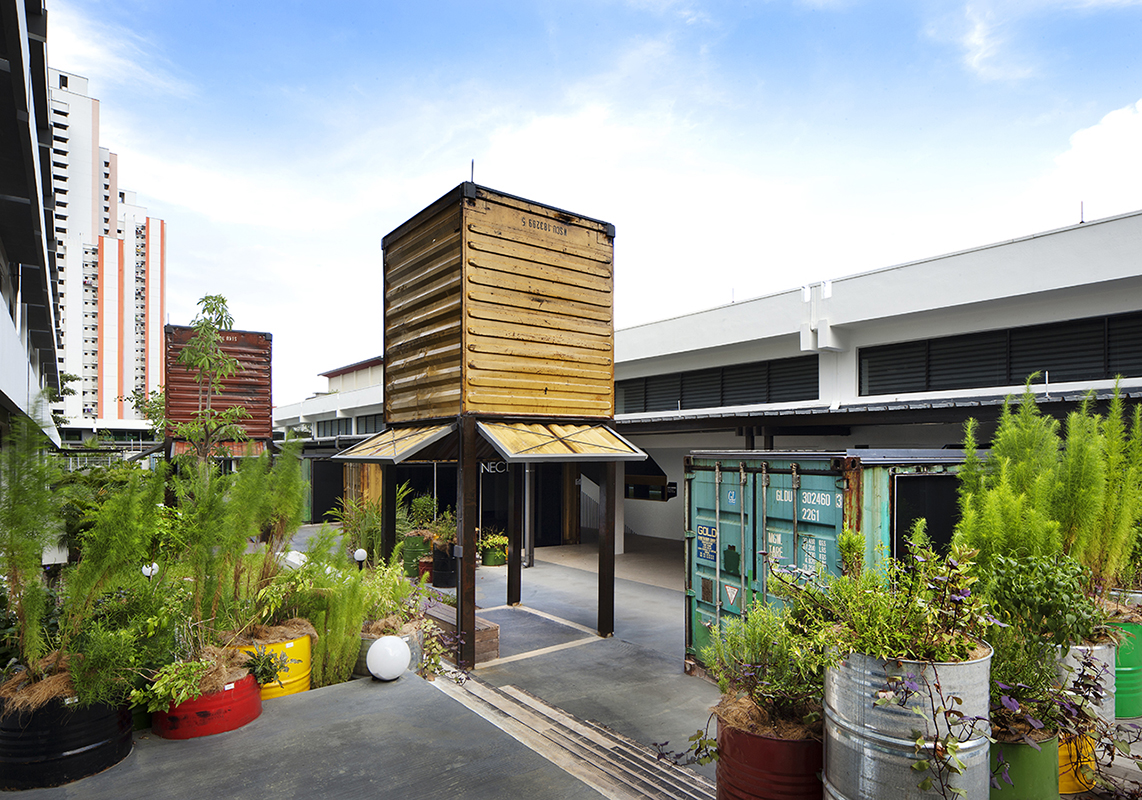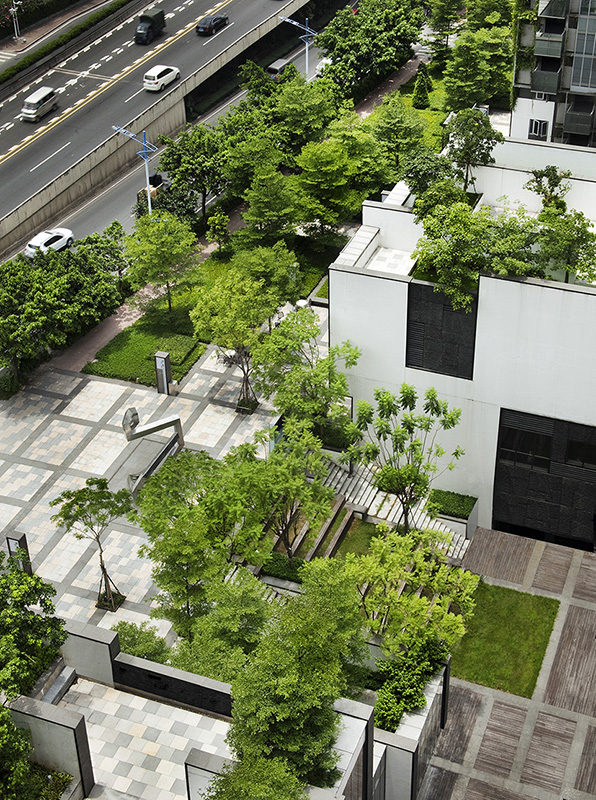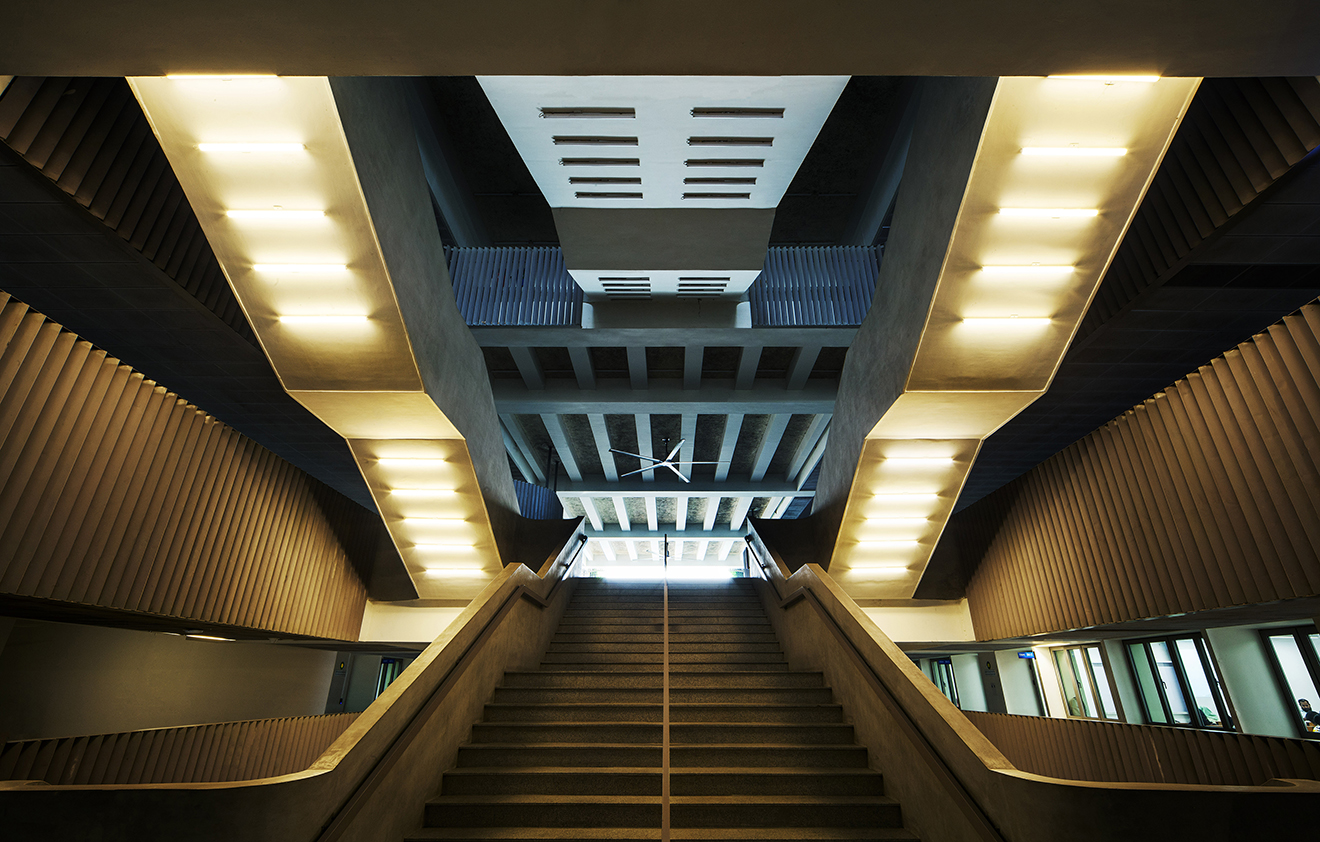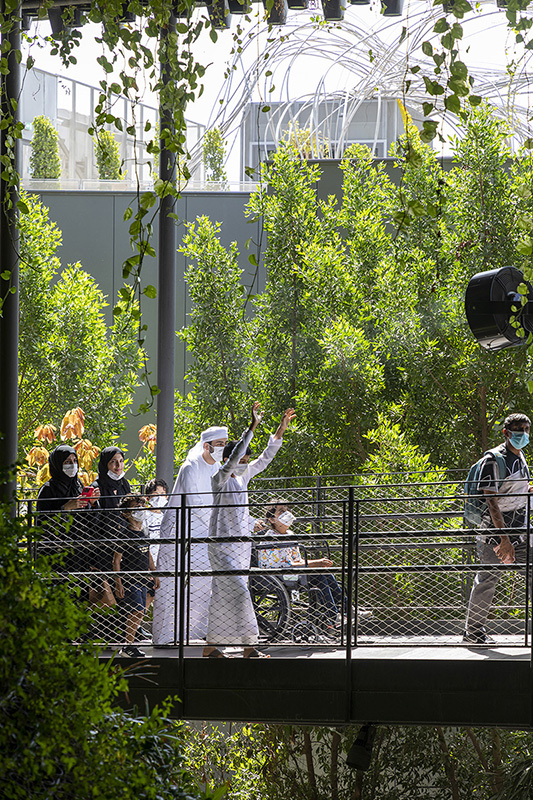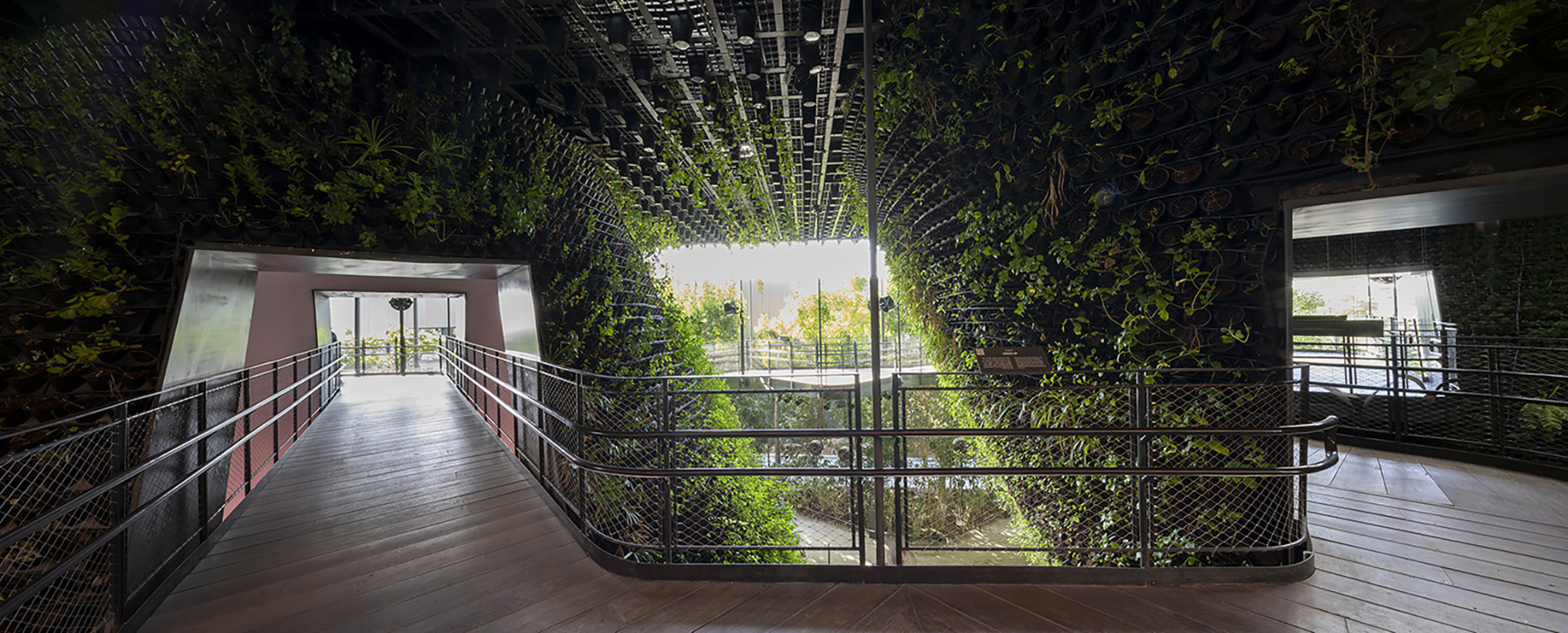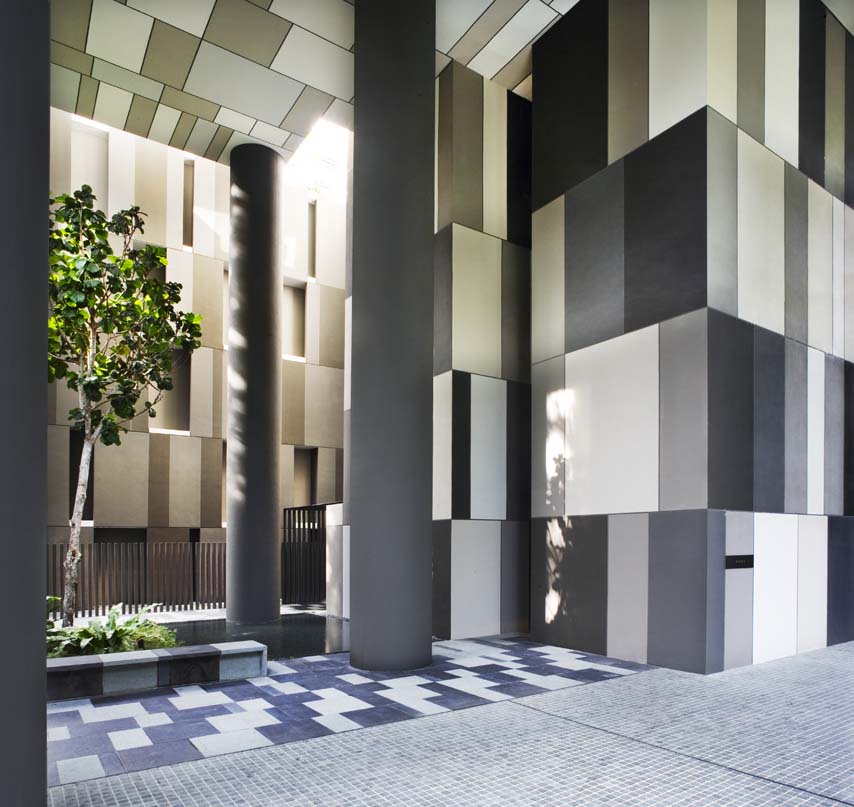Enabling Village
The Enabling Village is a demonstration of heartland rejuvenation through adaptive reuse of the old Bukit Merah Vocational Institute / Employment & Employability Institute (e2i) in Redhill. The site was previously fenced-in, inward-looking and did not contribute to the neighbourhood. The Masterplan conceives the Village as a new community heart and opens up the space as a park to connect people with disabilities, residents and public.
The design removes all physical barriers, extends linkages and creates a variety of shared spaces, gardens and amenities, breathing life between and within buildings. A simple robust palette of finishes and motifs was adopted as a kit-of-parts system to stitch together surfaces and spaces of the new and existing.
The porous and accessible nature of the Enabling Village creates an inclusive environment, integrating people with disabilities as equal in the community.




